

SPAWC 2024 is hosting a number of tutorials focusing on timely topics in signal processing for wireless communications:
Tutorial 1: Fundamental limits of distributed computation over networks
Instructor: Derya Malak (EURECOM, France)
Tuesday Sept. 10, 09:30 – 13:00
Tutorial 2: An information-theoretic view of integrated sensing and communication (ISAC)
Instructor: Michèle Wigger (Telecom Paris, France)
Tuesday Sept. 10, 09:30 – 13:00
Tutorial 3: THz wireless sensing and communication
Instructors: Yasaman Ghasempour (Princeton University, USA), Vitaly Petrov (KTH Royal Institute of Technology, Sweden)
Tuesday Sept. 10, 14:00 – 17:30
Tutorial 4: Electromagnetic signal and information theory: Beyond diagonal reconfigurable intelligent surfaces and holographic surfaces
Instructors: Bruno Clerckx (Imperial College London, United Kingdom), Marco Di Renzo (L2S-CentraleSupelec, France), Hongyu Li (Imperial College London, United Kingdom), Matteo Nerini (Imperial College London, United Kingdom).
Tuesday Sept. 10, 14:00 – 17:30
Tutorial details
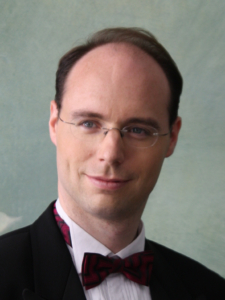
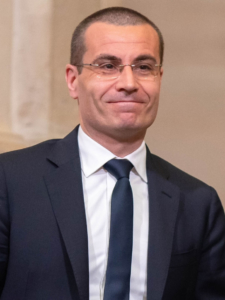
Electromagnetic signal and information theory: Beyond diagonal reconfigurable intelligent surfaces and holographic surfaces
Bruno Clerckx (Imperial College London, United Kingdom), Marco Di Renzo (L2S-CentraleSupelec, France), Hongyu Li (Imperial College London, United Kingdom), Matteo Nerini (Imperial College London, United Kingdom).
Electromagnetic signal and information theory (ESIT) is an emerging interdisciplinary discipline that is concerned with the mathematical treatment and information processing of electromagnetic fields governing the transmission and processing of messages through communication systems. In this tutorial we discuss two new areas in the broad field of ESIT, namely beyond diagonal reconfigurable intelligent surfaces (BD-RIS) and holographic surfaces. This first part of the tutorial introduces the audience to BD-RIS, viewed as the next generation of RIS characterized by scattering matrix not constrained to be diagonal, and shows the benefits of BD RIS over conventional diagonal RIS. The second part of the tutorial discusses holographic surface being an electrically large antenna that is made of a virtually infinite number of radiating elements coupled with electronic circuits and a limited number of radio frequency chains.
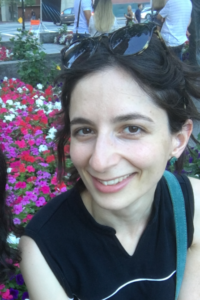
Large-scale distributed computing systems, such as MapReduce, Spark, or distributed deep networks, are critical for parallelizing the execution of computational tasks. Nevertheless, a struggle between computation and communication complexity lies at the heart of distributed computing. There has been recently a substantial effort to address this problem for a class of functions, such as distributed matrix multiplication, distributed gradient coding, linearly separable functions, and beyond. In this tutorial, we will discuss the key methods devised to understand the fundamental tradeoff between communication and computation complexities. In the first part of the tutorial, we will unveil information and graph-theoretic approaches to resolve some well-known distributed coding and communication problems, allowing for lowered communication complexity and even for a) correlated data, b) a broad class of functions, and c) well-known topologies. In the second part of the tutorial, we will detail coding theoretic techniques, allowing for the evaluation of the joint behavior of the communication and computation costs, storage, and recovery thresholds, motivated by the same challenge in the complexities.
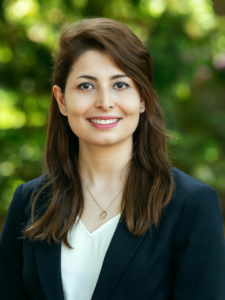
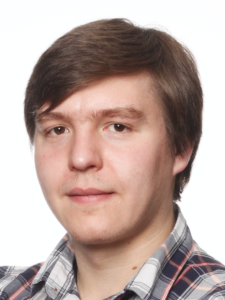
THz wireless sensing and communication
Yasaman Ghasempour (Princeton University, USA), Vitaly Petrov (KTH Royal Institute of Technology, Sweden)
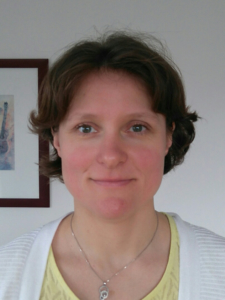
An information-theoretic view of integrated sensing and communication (ISAC)
Michèle Wigger (Telecom Paris, France)
Local Committee
Signal Processing Advances in Wireless Communications
![]()
Platinum Sponsor

Organizing Secretariat
First Class Meetings and Conferences

